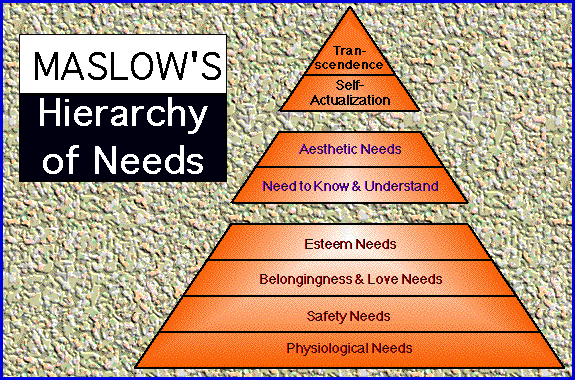As a child, I was blessed to escape the atrocities of war, poverty, natural disaster, disease, hunger and other extreme stressors. However, I have known others who have had to brave war, poverty, disease, and other maladies as children and as adults. Today, I want to tell you about my mother who was a young child during the depression. She hardly ever spoke about it, but when she did I listened because I was intrigued by her stories. Living during the great depression that began in 1929 when the stock market crashed was an experience that she would never forget. She would say when she was a child, children of her age learned to, "use it up, wear it out, make it do" (a phrase that was also used in WWII (1941-1945)). She grew up on a small row crop farm in Utah and the family was poor. I remember her saying that potatoes and onions were the only food staple that would store during the winter and that was what they ate hoping they would make it through the winter. They would eat potato sandwiches (if they were lucky to have flour for bread) and “poor man’s stew” which consisted of potatoes, onions and water. It was a meal that the vagrants (homeless men who rode the rail looking for work.) ate. Oft times the vagrants would stop by her home and her mother always shared what little they had. Living in poverty shaped her into a frugal individual. The family and their church was the support system that helped them make it through those trying times.
While visiting China several years ago I happened upon a mother with four (4) small children begging on the streets of Beijing. The mother sat on the street with the youngest child in her arms. The mother held a tin cup while cradling the youngster. The other children huddled near the mother trying to hide from onlookers and attempting to stay warm. This was a family from outside the city. “Unacceptable types who came to prey on the people of Beijing,” our guide informed us. I gave her a five dollar bill and you would have thought I gave her the world. This money, I was told, would feed that family for a month.
Living in the very extremes of poverty can affect children’s development biosocially, cognitively, and psychosocially. Maslow’s Hierarchy of Needs paints the picture of how children’s needs if not met will not progress. Cognitive learning, physical development, and social mores will all be adversely affected. One cannot think about learning or having friends if they are searching for food and shelter constantly.

Huitt, W. (2007). Maslow's hierarchy of needs. Educational Psychology Interactive. Valdosta, GA: Valdosta State University. Retrieved from http://www.edpsycinteractive.org/topics/regsys/maslow.html